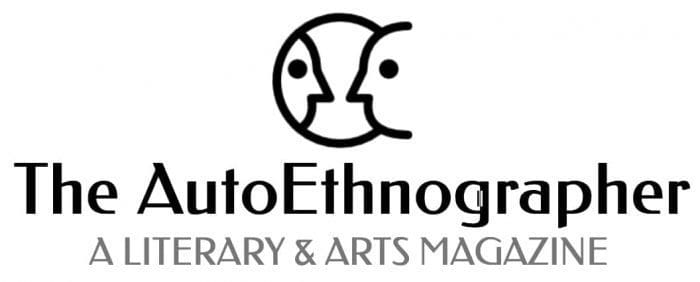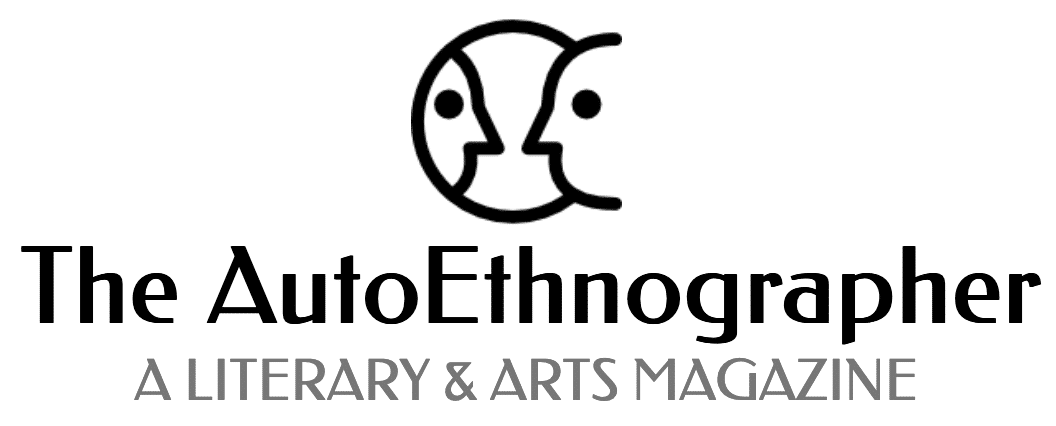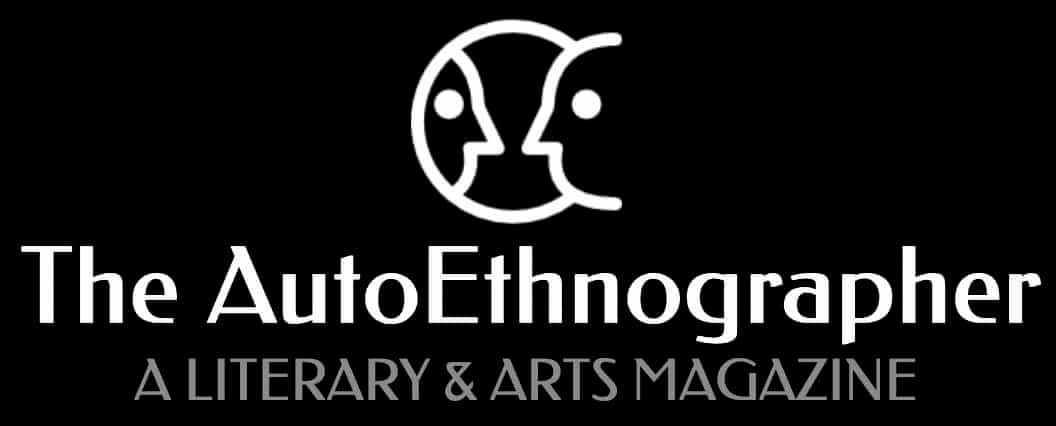"In "Becoming Multilingual," part 2 of my column, "¡Aguacate! Bringing Up Bebe Bilingüe," I use autoethnography as a writing approach to capture and represent the personal experiences of myself, a qualitative researcher, who has become the researched."
JoinedDecember 6, 2021
Articles2
Stephanie Abraham is an Associate Professor of Language & Literacy Education at Rowan University. She focuses on documenting and understanding the language and literacy practices of young, racialized, emergent bilinguals both in and outside of schools. In turn, she shares those practices with pre and in-service teachers as way to shape future pedagogical practices to include the rich and diverse language and literacy repertoires of these children. Currently, her research focuses on two major projects. One, a community-engaged project in urban Philadelphia, funded by the Spencer Foundation, entitled “Translanguaging as Resistance and Restoration in Community-Based Writing Program.” In this project, she has documented the community translanguaging practices of Latinx children in South Philadelphia, along with their diverse, dynamic, and resistant literacy practices. Findings from this project, have been published in the Community Literacy Journal and the International Multilingual Research Journal. Two, a transnational teacher education project, funded by the Fulbright Hays Small Groups Abroad program. She takes cohort of pre-service and in-service educators to study language (Spanish or Zapotec), literacy practices, and critical pedagogies in Oaxaca, Mexico. Findings from this project have been published in Teaching and Teacher Education. Previous completed projects include a critical discourse analysis of the “word gap” research, published in Equity and Excellence in Education, and a critical discourse analysis of the New Jersey refusal movement to high stakes testing, published in the Journal of Educational Policy.
"The words we use and how we say them are much more than sounds, they tell a story that gives us away, revealing a history about and behind us, a place and a people that we have come from."




